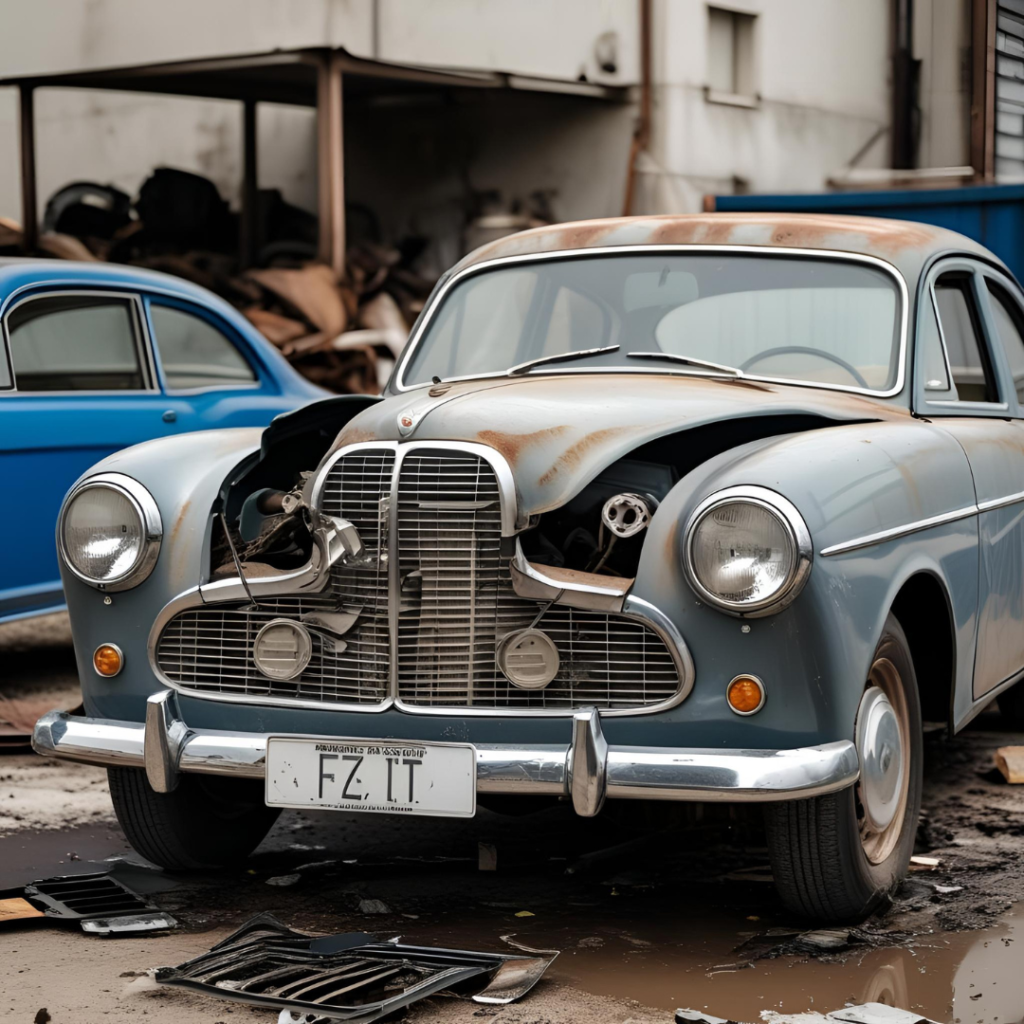A car that no longer runs can become a real problem. It might be taking up space in the driveway or costing money through rego and insurance. Many people struggle with the decision of whether they should scrap their non-runner or try to sell it. Each option comes with its own process, and making the right choice depends on a few important factors.
This guide explores both paths to help you decide what to do when your car stops working.
What Is a Non-Runner Car?
A non-runner is any vehicle that cannot start or drive under its own power. This may happen due to engine failure, transmission issues, battery problems, or other major mechanical faults. In some cases, the repair cost is higher than the car’s market value. That is when the question comes up: should you scrap it, or try to sell it?
Option 1: Scrapping Your Car
Scrapping a car means taking it to a wrecker or salvage yard where it will be dismantled for parts and materials. The parts are either resold or recycled.
When Scrapping Makes Sense
- Repair costs are too high: If repairs cost more than the car’s worth, scrapping can be the practical route.
- Vehicle is too old: Very old vehicles that no longer meet road safety standards may not be worth selling.
- Severe damage: If the car has been in a major crash or has structural issues, it might not be accepted by buyers.
Scrap Car Value
The value of a scrap car mainly comes from its weight and materials. Heavier vehicles often bring in more money because they contain more metal. Current scrap metal prices also influence how much you receive. Other things that may affect the value include whether the car has any working parts and whether the wheels, battery, and catalytic converter are still intact.
According to Australian metal recycling rates, scrap cars can bring anywhere from $100 to $500, depending on the car’s condition and market prices.
Read More at :- https://getcashforcarz.com.au/sell-your-non-runner-car/
Option 2: Selling Your Car
Even if your car does not run, it can still be sold. Many buyers are interested in non-runners for spare parts or repair projects.
Who Buys Non-Runners?
- Wreckers: They buy vehicles to pull out usable parts.
- Private buyers: Some people are handy with repairs and look for project cars.
- Used car dealers: Some dealers buy non-running cars to fix and resell.
What Affects the Sale Price?
- Make and model: Some makes hold more value even when not working.
- Year: A newer non-runner will fetch more money than an older one.
- Condition of parts: If the engine is dead but other parts work, you might still find a buyer.
- Location: In areas with more wreckers or parts dealers, it may be easier to find buyers.
Key Differences Between Scrapping and Selling
| Criteria | Scrapping | Selling |
|---|---|---|
| Purpose | Recycle materials and parts | Transfer ownership to another person |
| Money Received | Based on weight and scrap value | Based on parts, brand, and resale value |
| Time Taken | Usually quicker | May take longer to find a buyer |
| Paperwork Needed | Basic identification | More documents like rego papers |
| Transport Required | Usually arranged by wreckers | May need towing or buyer collection |
Legal Considerations in Australia
If you choose to scrap or sell a non-runner, make sure the car is deregistered to avoid future issues. You must inform your state’s transport authority once the car is no longer in your possession. In Queensland, for example, you can cancel the registration online or in person.
You also need to hand over or cancel the number plates, depending on what happens to the car. Keeping these details sorted helps you avoid fines or complications down the line.
Environmental Impact
Disposing of a car the right way helps reduce pollution. Scrapping ensures metals and plastics are reused. Fluids like oil, coolant, and brake fluid are also removed properly to avoid harming the soil and water. If you sell the car and it gets repaired, that is another way to avoid waste.
Australia produces about 500,000 tonnes of vehicle waste each year. Proper recycling helps reduce landfill and supports cleaner industries.
Choosing the Right Option
When trying to decide between scrapping and selling, ask yourself the following:
- Can the car be repaired at a reasonable cost?
- Does it still have working parts that buyers want?
- Are there buyers in your area?
- How much time do you want to spend on selling?
If your car has some working components and you can wait a bit, selling might bring in more cash. On the other hand, if the vehicle is beyond repair and taking up space, scrapping might be more suitable.
Sell Your Non Runner Car Brisbane
Selling a non-runner in Brisbane can be a smart way to clear space and recover some of the vehicle’s worth. Many local buyers are open to purchasing cars that no longer start, especially if they are popular makes or have usable parts. If you have a vehicle that stopped running, and repairs are not an option, there are services in Brisbane that handle everything from inspection to pick-up. This makes it simpler to remove the car and still receive fair payment for it.
Final Thoughts
A car that no longer runs does not have to sit in your yard forever. Whether you scrap it or sell it depends on its condition, your goals, and how much time you want to spend on the process. Both options have their place. Scrapping works better for completely worn-out vehicles, while selling might suit those with usable parts or popular models.
Weigh your choices carefully and choose the path that makes the most sense based on your car’s situation. Either way, you can move on from a non-runner while putting a bit of money back in your pocket.


